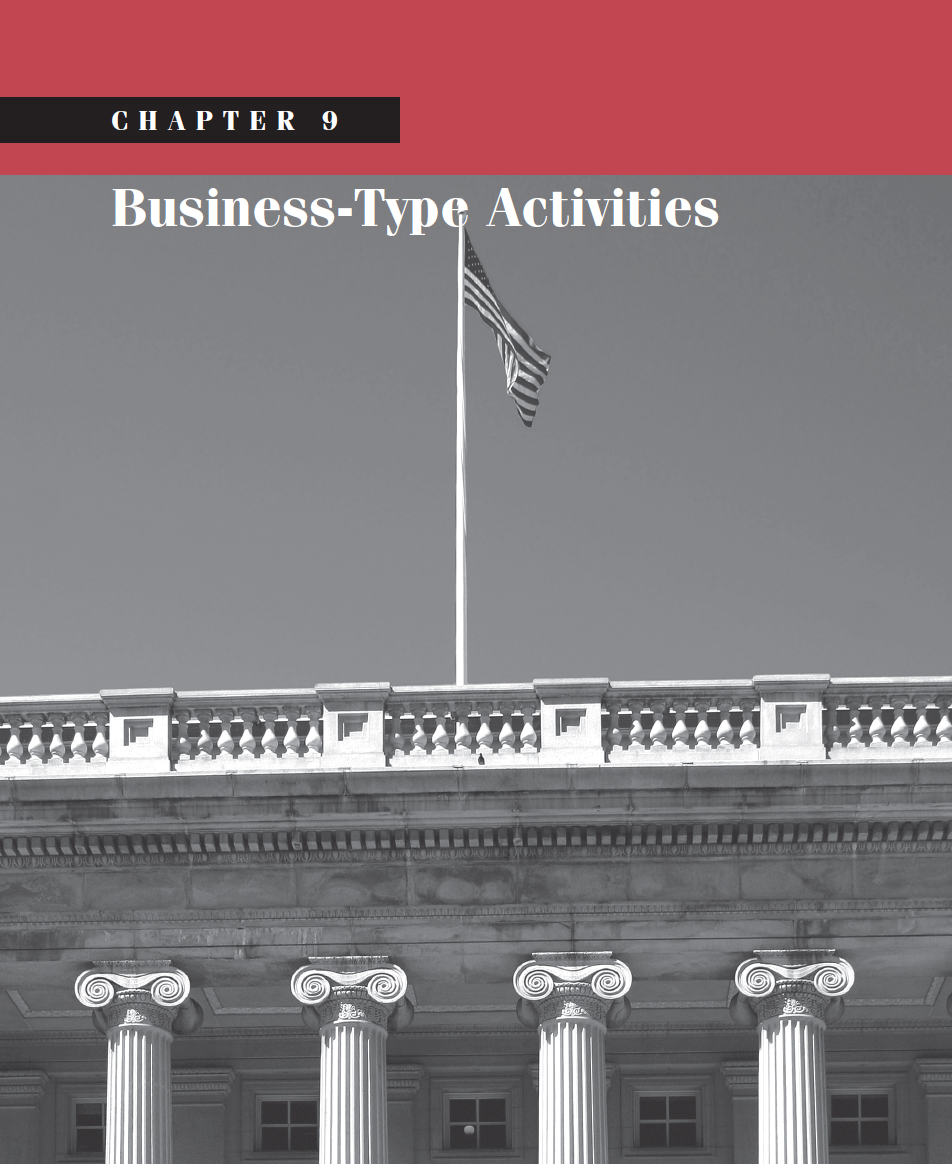
LEARNING OBJECTIVES
After studying this chapter you should understand:
- What types of funds involve business-type activities
- Why governments and not-for-profits engage in business-type activities
- How governments distinguish between proprietary and governmental activities, and the reasons for and against different accounting practices
- The fundamental principles of proprietary fund accounting
- The unique accounting issues raised by the use of enterprise funds, including those pertaining to capital contributions, restricted assets, and landfills
- The special accounting issues relating to internal service funds
- How governments account for insurance activities
- The special problems of reporting proprietary funds in government-wide statements
- How investors assess revenue debt
Governments and not-for-profits engage in a variety of functions that are similar to those carried out by businesses. They range in size from the small gift shops of churches to multibillion-dollar regional power authorities.
Thus, in this chapter we will look at accounting principles applicable to business accounting. As shall soon be evident, the business-type activities of governments and not-for-profits are accounted for similarly to corresponding enterprises in the private sector. Their financial statements are on a full rather than a modified accrual basis, and their measurement focus is on all economic resources, ...
Get Government and Not For Profit Accounting: Concepts and Practices, 6th Edition now with the O’Reilly learning platform.
O’Reilly members experience books, live events, courses curated by job role, and more from O’Reilly and nearly 200 top publishers.

